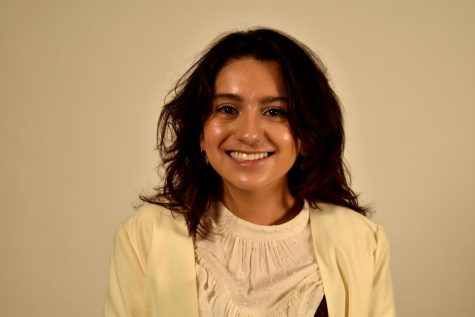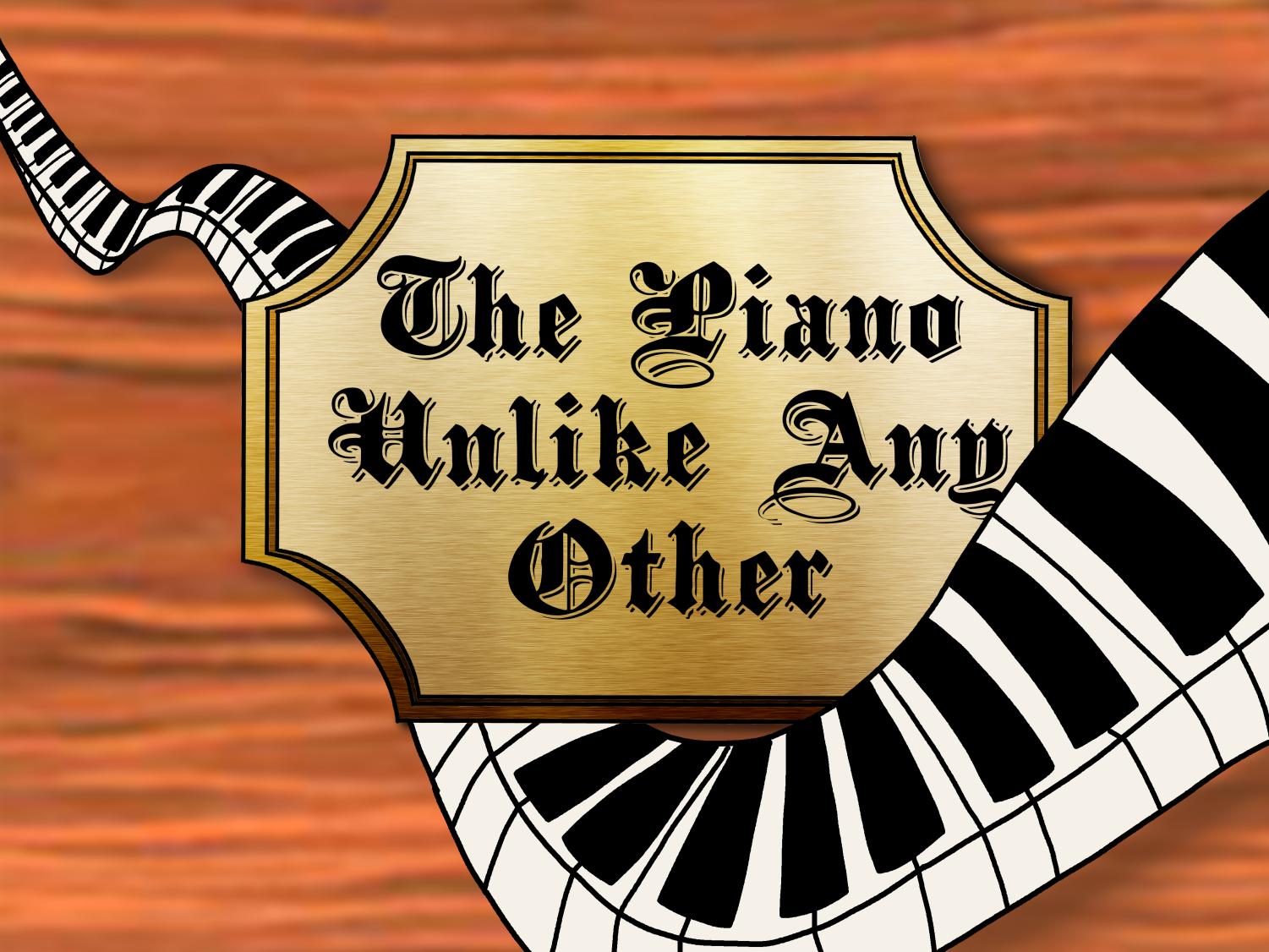



A antique Fortepiano was used for a special recital featuring SF State piano students; It has been in the university’s possession for 50 years
Apr 6, 2022
Far behind glass doors– solely accessible via appointment– sits a small piano guarded by a bright red ribboned-stanchion on the fourth floor of the J. Paul Leonard library. What makes this instrument worthy of this exclusive treatment? It’s over 200 years old and is one in five of its kind left.
SF State’s Clementi Fortepiano was made in 1808 and students of Music professor Dr. Victoria Neve were fortunate enough to play Mozart and Beethoven on the special Fortepiano on Monday. The instrument is bound to the fourth floor as the room’s temperature keeps the fragile piano healthy.
“There’s only about five or six in existence, and one of them is like maybe not playable in a museum somewhere,” said Malaya Gabriel, one of Dr. Neve’s classical piano students. “So the fact that we just get to play on this is really cool.”
Gabriel said that the Fortepiano’s keys are much shallower than a normal contemporary piano, which makes it much quieter than the contemporary Steinway that she’s used to.
According to Dr. Neve, the piano we think of now developed to fit into bigger concert halls in the late 18th century and is essentially a Fortepiano, just bigger and louder. But the Fortepiano is almost like the Ferrari of pianos.
“Thinking really technical about it, the escapement is a little bit slower [than the Fortepiano,] the jabbing mechanism is a little bit less efficient, but it’s basically the same,” said Dr. Neve about the piano.
The Fortepiano has a gentler, more subdued sound due to its unwound, thin strings and uses a wooden hammer and frame that differs from the cast-iron Steinway.
Dr. Neve said that a reason she loves for the students to play on the Fortepiano is it was the instrument Classical musicians were composing with and writing for. The Fortepiano has a different color and texture than the contemporary piano.
One of the performers and piano student, Eric Ye, said playing on it was satisfying.
“It’s such an enriching experience, because we’re so used to playing our contemporary pianos,” Ye said.
He added that being able to play on a historical instrument adds to the understanding of the piece.
Dr. Neve joked that if Mozart were to walk into their rehearsal with a student playing the contemporary Steinway piano, he would not know what it was and would call it a monster or a Macktruck.
“To me, it’s a magical sound,” Dr. Neve said. “I tell the students whether you like it or not, we have it here and you have to know about it.”


Meredith Eliassen • Apr 9, 2022 at 4:28 pm
Thanks to our wonderful music students who we have missed with online learning! The music was wonderful! You keep our special collections alive and singing. Congratulations ! Meredith Eliassen, special collections librarian, J. Paul Leonard Library
! Meredith Eliassen, special collections librarian, J. Paul Leonard Library